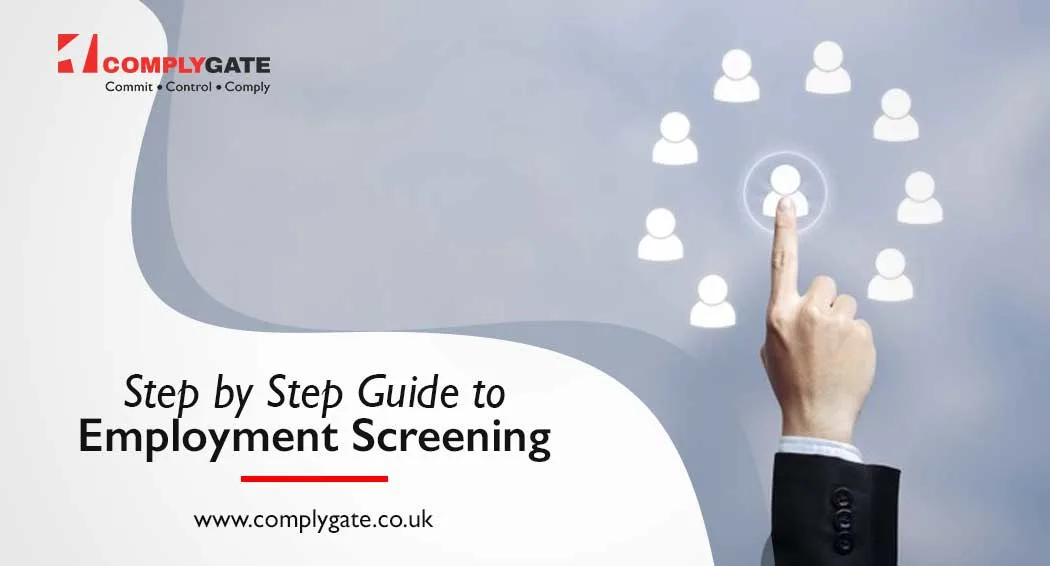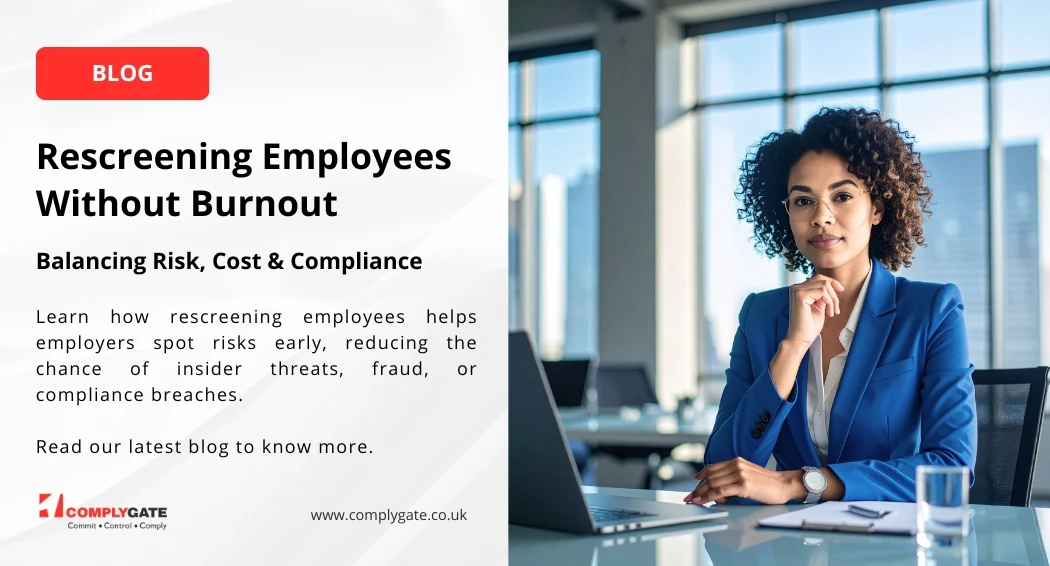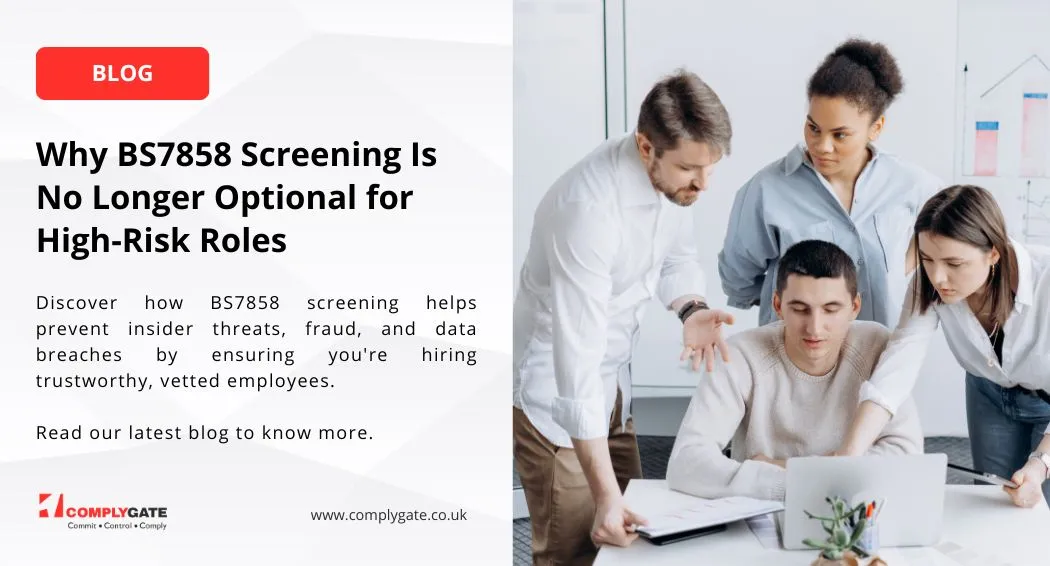Step by step Guide to Employment Screening
Employment screening involves the process of checking and reviewing candidate job applications. This stage comes after candidate sourcing and involves finding the relevancy of the candidate’s experience to the present job requirements and, depending on the same, making a YES/NO decision. The hiring manager is on the lookout for the applicant experience which is closest match of the floated job description, keeping in mind the qualifications, experience, skill sets, overall experience. The second part, and a critical aspect of screening involves conduction of various background checks on shortlisted candidates, so that they’re legitimate for all intensive purposes. Employment screening happens to be a very time consuming part of talent acquisition, even after incorporating various technological headways to ease the process of recruiting.
Employment screening techniques have been a commonplace thing for many years. However, they have become an indispensable part of an organization’s growth and expansion policy, therefore they’ve become a mandatory part of today’s hiring process. Organizations have understood that the employment screening process can profoundly impact efficiency and effectiveness of the entire hiring process, especially during high-volume recruitment. There are many different ways in which applicants can be screened with respect to the organization’s business and expansion strategy.
The objective of screening is to optimize recruitment by streamlining it, thus saving time and money. Employment screening is performed right from the start to the end phases of the hiring process to shortlist the best and most suitable candidates. However, many times, the screening process gets stuck as recruiters are unable to come to a decision regarding particular candidates. In these situations, recruiters can take the help of any of the automated tools to help them come to a decision regarding particular candidates. Else, they can use other criteria to move ahead in the process.
Process of screening candidates:
Major conventional employee screening processes used by organizations during recruitment are using the traditional process of job applications, conducting background checks, HR screening process, drug screening, video interview call, etc.
Important Steps to Take Before Doing Background Checks:
1. Uniform Policy
A unanimous policy agreed by all, made in consultation with HR and Legal experts, must be properly documented and made known to all employees within the organization. Policies must be based on the notion that thorough background checks are the foundational premise of a well-oiled, well-functioning organization.
2. Importance of legal advice.
Background checks may yield sensitive data about people. In certain geographies across the globe, conducting specific information check pertaining to background checks is prohibited. The personnel who’re in-charge of such background verification programmes must be very well-versed with the legal aspects of conducting background checks so as to give some particular prohibitions a wide berth to avoid falling into legal traps, for themselves or for the organizations which they work for.
3. Listen to the candidate
Sometimes, information obtained through background verification may not be correct. In these situations, allow the candidate to review the relevant information and give him / her a chance to explain. This may lead to you saving a good candidate from falling prey to incorrect information or a misunderstanding.
4. Background verification compliance
Legal and financial acts throughout the world clearly state the background checks that you can and cannot do on an individual. Standard global compliance provides an insight into how a candidate should be treated who is to undergo a background check.
5. Background checks may reveal previously unknown information
Sometimes, previously unknown information is revealed in some of the most routine background checks. Hiring managers must take background verification process seriously and must pay attention to any information that is revealed in the same.
6. What to ask and what not to ask
While conducting background checks, questions about character, attitude, etc., must be avoided as they show that an investigation is being conducted in place of a background check. To carry out this check, notice must be provided to the applicant beforehand to conduct the same, followed by his / her request to consent. If the candidate disagrees, then alternative methods to source original information regarding his / her candidature should be sought.
Background screening:
1. Previous employment details
A candidate’s previous employer is able to give the most valuable insight into the candidate’s aptitude, performance, character, etc. Thereby, background check in-charge seeks a previous employer of the candidate to seek valuable information and rule out the possibility of the candidate being a public enemy.
2. Criminal records check
A criminal records check provides information regarding possible criminal history of a candidate. This check is important for positions which involve trust and security.
3. Social security / work permit validation
Social security check ensures that the candidate’s social security number / work permit is legitimate, includes all necessary information, date of birth, address, etc., which is associated with the candidate. Any other hitherto undisclosed information may sometimes reveal unfound criminal records.
4. Address history
Address history check traces previous addresses where the candidate had been residing for a minimum applicable period of time. Searching through address history records gives valuable insight into other aspects of the candidate’s background research, and may reveal important information about any criminal records.
For organizations having large pool of fresh applicants, albeit having a small HR staff, a most yielding approach can be the one which is:
- Simple and easy-to-use process
- Widespread usage of an automated system that screens candidates
- Looks for a balance of core skills with soft skills within the ideal candidate.
Advantages of screening candidates:
- Saves time for the HR
- Probability of candidates dropping out is decreased
- More candidates can be reviewed in less time and from a larger pool
- Candidates with a great track record can be found out more easily
Disadvantages of screening candidates:
- Lesser candidates apply
- Inefficient screening process as screening is based on parameters which are identified by a software.
- More time-consuming process.











